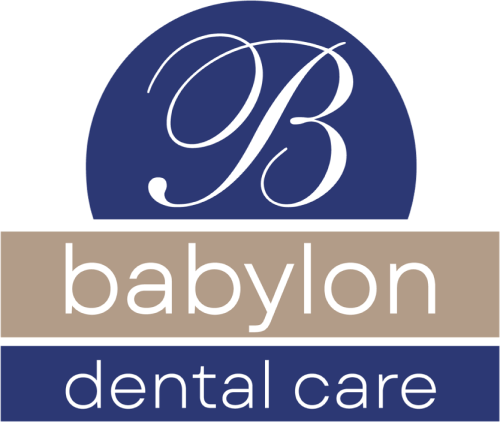Yankees versus Red Sox, Coke versus Pepsi, Pancakes versus waffles, and water floss versus string floss. These are some of the all-time greatest rivalries. Well, mostly. Although which type of floss you prefer may not be considered a rivalry for the ages, there is a lot of debate about which one provides optimal results when it comes to oral health.
At Babylon Dental Care, we want to break down the pros and cons of water flossing versus string flossing. With the information in hand, you can decide which method is right for you.
Water Flossing
Water flossing works when a thin, pressurized stream of water shoots out of a nozzle-like attachment operated by an electric device. The pressurized water gets in between teeth and flushes out stuck food particles that may be trapped between teeth and in the gum line.
Pros of Water Flossing
Water flossing devices are generally easy to use. Instead of scraping teeth, the water gently massages gums and flushes out food particles and debris left behind after meals. Since water flossing devices tend to be gentler, it’s good for people with dental work and braces because the water can reach places between dental appliances that can be tough to reach with string floss.
Water flossing devices are also easy to operate for those with physical limitations. People with arthritis, joint issues, or who lack dexterity or mobility in their hands may find it difficult to use traditional string floss.
Cons of Water Flossing
One of the drawbacks of water flossing devices is that they are electric. They require space on the bathroom counter and must be plugged into a power source, meaning you can’t take a water flossing device with you on the go or keep one in your purse for emergencies.
Water flossing devices may not always remove all food particles stuck in-between teeth. Water may not remove all plaque and tartar build-up from teeth either. Water flossing devices can also be costly. They require higher up-front costs and may require that you purchase replacement attachments periodically.
Traditional Floss
Traditional flossing involves using a thin string to scrape food and plaque from between teeth. Dentists generally recommend maneuvering the floss up and down a tooth in a C-shape pattern. Floss can come wound on a spool or in the form of floss picks, devices that look like a plastic toothpick on one end and have a piece of floss attached to two posts at the other end.
Pros of Traditional Flossing
Traditional floss is inexpensive. Floss is generally a low-cost item and easily found at almost any grocery store, pharmacy, big-box store, and even many gas stations. Floss can be easily stored anywhere and is also easy to take with you if you are running out the door. A box of floss takes up almost no space in a purse, and a floss pick can generally fit in a wallet or pocket.
Traditional floss is also great at cleaning out food particles stuck between teeth and scraping off plaque build-up.
Cons of Traditional Flossing
If you are too rough or don’t have the proper technique, traditional flossing can be tough on the gums and sometimes cause bleeding. Those with gum sensitivity may find traditional flossing to be painful or uncomfortable.
Those with partial dentures, braces, or other dental work may find it difficult to maneuver traditional floss between their dental appliances.
The Winner?
The clear-cut winner of this match-up? The one that gets you to floss in the first place. Utilizing both in your routine would give you all the advantages with none of the setbacks. However, both provide a range of benefits and drawbacks. The one you should choose depends on your needs and oral care routine.
At Babylon Dental Care, we are firmly on team floss. Flossing is an integral part of any good oral hygiene routine. Another important part of maintaining oral health is making regular appointments with a dental care provider. To schedule yours, call us at (631) 983-6665 or contact our office online today.

